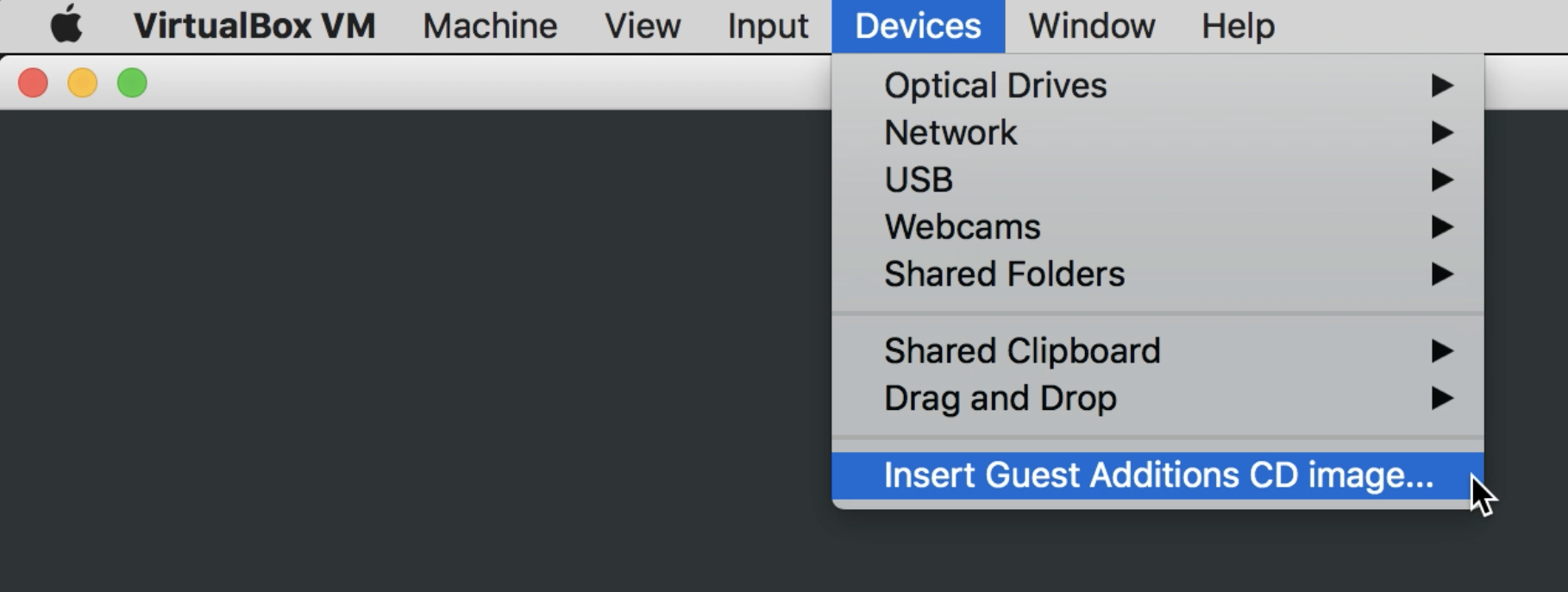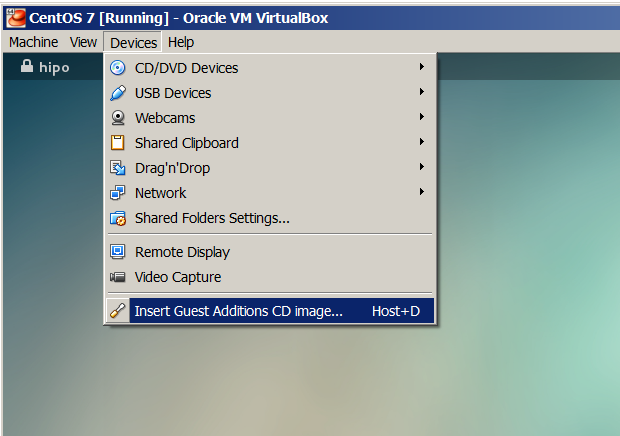

- #Virtualbox mac os x guest additions install install
- #Virtualbox mac os x guest additions install upgrade
- #Virtualbox mac os x guest additions install password
#Virtualbox mac os x guest additions install upgrade
Installing the VBox Guest Additions in the Windows 10 VM.īefore doing any of those steps, you might want to upgrade to OS X El Capitan, and to latest Virtual Box (5.x as of this writing).īefore even trying to upgrade from Windows 8.1 to 10, verify that the 8.1 VM’s disk has at least 10 GB free. Forcing the Windows 10 installer to run, even though its hardware compatibility checker says the VBox machine is not compatible with Windows 10. Extending the Windows 8.1 virtual disk in VBox. Turns out this is (of course.) not as easy as one would think – but still possible. done.Lots of OS upgrades lately, Windows went to Windows 10 and Apple to El Capitan. I am usually pretty ok upgrading to Apple’s latest OSs a week or two after their release – they are usually of good quality.Īs VirtualBox (“VBox”) also came out with their version 5 release, it was time to upgrade the Windows 8.1 virtual machine (“VM”) running in VBox, with OS X as host. done.ĭoing non-kernel setup of the Guest Additions. done.īuilding the VirtualBox Guest Additions kernel modules. Removing existing VirtualBox non-DKMS kernel modules. Removing existing VirtualBox DKMS kernel modules. Uncompressing VirtualBox 4.1.22 Guest Additions for Linux. If it does, the VirtualBox Guest Additions have been successfully installed. Once the process is complete, check that the output resembles that shown below. (Could not find the X.Org or XFree86 Window System.) You can safely ignore the error below if it appears during the installation process: Installing the Window System drivers. #Virtualbox mac os x guest additions install install
Mount the CD-ROM and install the VirtualBox Guest Additions: $ sudo mkdir /mnt/cdrom The VBoxGuestAdditions.iso file is usually located in the /usr/share/virtualbox/ directory on Linux, in the C:\Program Files\Oracle\VirtualBox directory on Windows and the Contents/MacOS directory of the VirtualBox package on Mac OS X. This action simulates inserting a CD-ROM that includes the tools. Restart the virtual machine: $ sudo rebootįrom the virtual machine menu, select the “Devices -> CD/DVD Devices -> Choose a virtual CD/DVD disk file” option. packages with the proper kernel_version shown by the previous command: $ sudo apt-get -y install dkms build-essential linux-headers-VERSION Remember to replace the VERSION placeholder with the kernel version from the previous command. Install some needed dependencies as shown below. To install VirtualBox Guest Additions, follow these steps:Įdit the virtual machine settings and from the “System” tab, add a new CD-ROM device to the machine.Ĭheck the current kernel version: $ uname -a Modify the available memory for the virtual machine.Auto-configure a Let's Encrypt certificate.Connect to the virtual machine from another host.Configure the application's IP address or hostname.Learn about the Bitnami Configuration Tool.Configure third-party SMTP for outbound emails.
#Virtualbox mac os x guest additions install password
Modify the default login password for the virtual machine. Understand what data Bitnami collects from deployed Bitnami stacks. Learn about Bitnami PHP application modules deprecation. Understand upcoming changes to Bitnami Stacks. Understand the default directory structure. 
Learn about the SSH warning 'REMOTE HOST IDENTIFICATION HAS CHANGED'.Configure password-based SSH authentication.Frequently Asked Questions for Virtual Machines






 0 kommentar(er)
0 kommentar(er)
